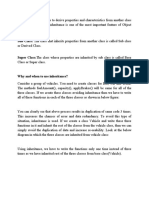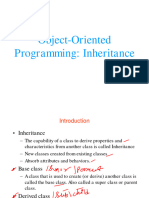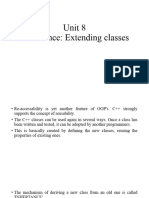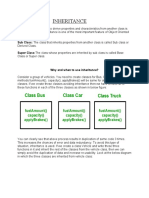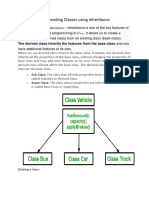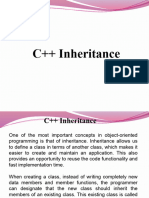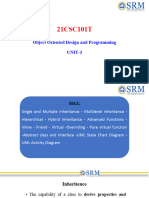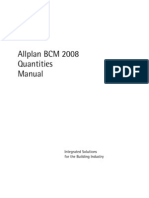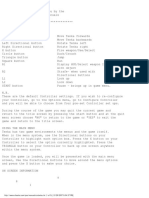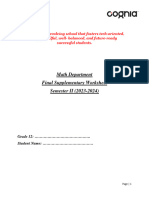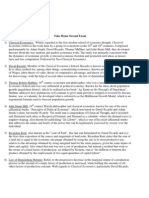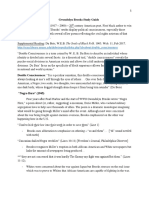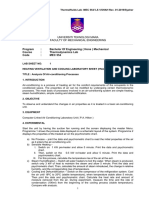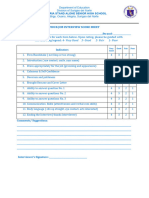0% found this document useful (0 votes)
49 views22 pagesInheritance Abstract
object oriented paradigm
Uploaded by
thorat_496512597Copyright
© © All Rights Reserved
We take content rights seriously. If you suspect this is your content, claim it here.
Available Formats
Download as DOCX, PDF, TXT or read online on Scribd
0% found this document useful (0 votes)
49 views22 pagesInheritance Abstract
object oriented paradigm
Uploaded by
thorat_496512597Copyright
© © All Rights Reserved
We take content rights seriously. If you suspect this is your content, claim it here.
Available Formats
Download as DOCX, PDF, TXT or read online on Scribd
/ 22
